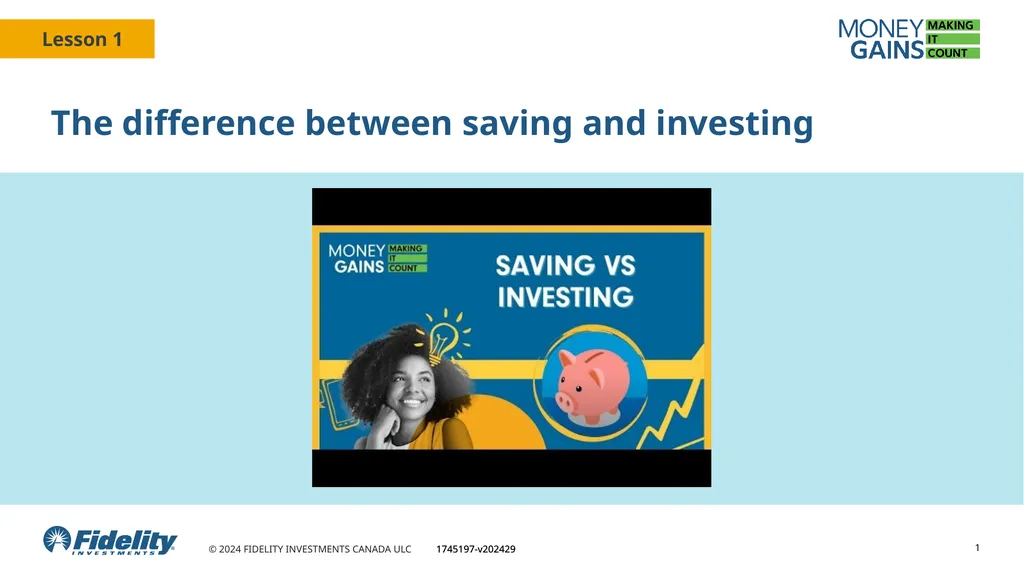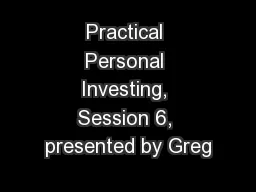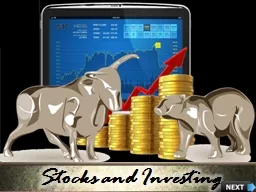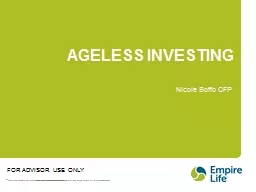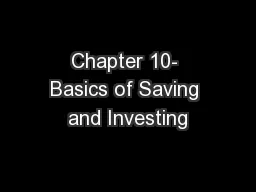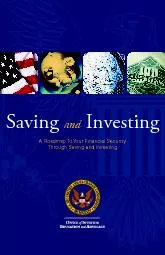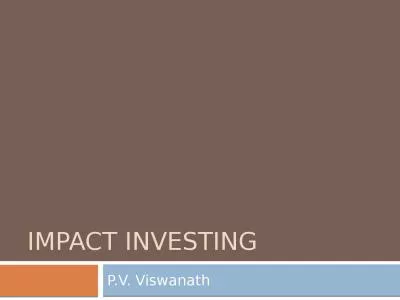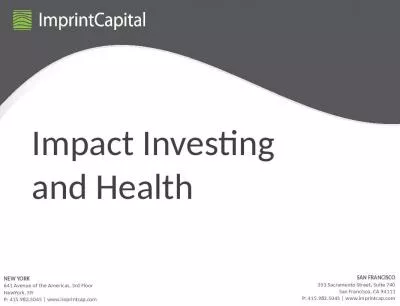The difference between saving and investing 1 Why
Author : karlyn-bohler | Published Date : 2025-06-23
Description: The difference between saving and investing 1 Why save money Reach your financial goals Invest in your future Emergency fund 2 Emergency funds If the pandemic has taught us anything it is to be wise with our money because you never
Presentation Embed Code
Download Presentation
Download
Presentation The PPT/PDF document
"The difference between saving and investing 1 Why" is the property of its rightful owner.
Permission is granted to download and print the materials on this website for personal, non-commercial use only,
and to display it on your personal computer provided you do not modify the materials and that you retain all
copyright notices contained in the materials. By downloading content from our website, you accept the terms of
this agreement.
Transcript:The difference between saving and investing 1 Why:
The difference between saving and investing 1 Why save money? Reach your financial goals. Invest in your future. Emergency fund. 2 Emergency funds If the pandemic has taught us anything, it is to be wise with our money, because you never know when life will change. Global pandemic – job loss. Car breaks down. Pet gets sick. 3 Saving vs. investing Saving Definition: Putting money aside for when you need it in the future. Depositing money in your bank account or piggy bank and leaving it untouched for a period of time is considered saving. Purpose: Typically used for short-term goals, emergencies or planned expenses. Benefits: Low risk, liquidity and security. Examples: Savings account, piggy bank or cash at home. Investing Definition: Putting your money to work so that it can grow, with the goal that it can became more in the future than what you put away. Investing is generally associated with buying assets such as stocks or bonds. Purpose: Typically used for long-term financial goals, such as retirement or wealth-building. Benefits: Potential for higher returns, wealth accumulation and financial growth. Examples: Stocks, bonds, real estate and mutual funds. 4 Risk, return and liquidity Investment risk The uncertainty related to investing. When investing, actual outcomes may differ from expected outcomes, and you may even lose some, or all, of your investment. Investment return How much a security, or collection of securities (generally referred to as a portfolio) increases or decreases in value over time These returns are often expressed as a percentage change. Liquidity The ability of an investment to be converted into cash quickly without loss of value. E.g. stock vs. a house 5 Risk, return and liquidity Savings Low risk Low return High liquidity Investments High risk High return Low liquidity 6 Inflation, savings and investments Today, a large soft drink at your favourite fast-food place costs $1.00. You buy the soft drink but also decide to save some money for the future as well. So you put a dollar in your savings account, where it earns 5%. 7 Inflation, savings and investments One year later, the dollar in your saving account is worth $1.05. You take the money out and visit your favourite fast-food place, hoping to buy another delicious beverage. Unfortunately, drinks now cost $1.10. 8 Inflation, savings and investments The point? Inflation can work against your money. You need to learn to invest wisely,
